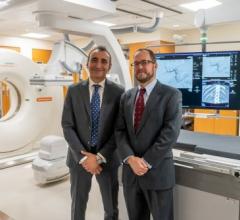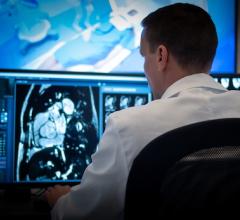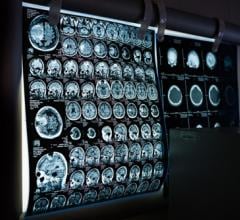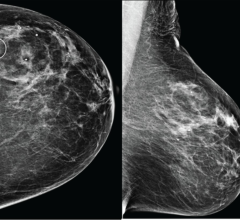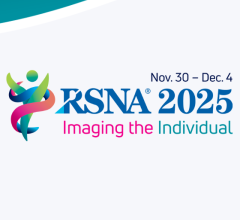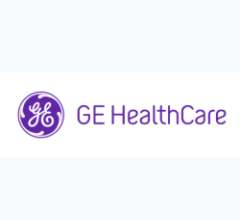
Greg Freiherr has reported on developments in radiology since 1983. He runs the consulting service, The Freiherr Group.
CT and Jehovah’s Witnesses: Faith Meets Uncertainty in a High-dose World
Vienna is to the European Congress of Radiology what Chicago is to RSNA. This year the ECR celebrated the 20th year the Congress has been held in the capital of Austria. As exciting and delicious as this city may be, the familiar for an American is not too far away.
A short stroll from my hotel I found supper at the Golden Arches, an English-speaking cashier who took my order, and an eclectic band of Jehovah’s Witnesses who adjoined the only seat available. Upon introducing himself, Daniel delivered a familiar and enthusiastic pitch between bites of my Big Mac. Listening seemed the right thing to do.
I respect perseverance. And Jehovah’s Witnesses have that in spades, remaining cheerful when preaching their brand of Christianity to those not inclined to listen. When Daniel handed me the literature I knew was inevitably coming, I was struck by its relevance to what I had been asking vendors earlier in the day: “How do you view the future? Will our world … stay the same? Get worse? Get better?”
The future of no modality is less certain than that of CT. With the end of slice wars so ended the predictability that had dominated this modality in the years immediately following introduction of the quad-slice scanner. Once caught up in a pattern of ever faster and more powerful scanners, today the CT world is embroiled in dose minimization.
Last week at ECR the European Society of Radiology launched its EuroSafe Imaging campaign, designed to heighten awareness of radiation safety and promote the use of diagnostic reference levels and the as low as reasonably achievable (ALARA) principle. CT is a major focus of this campaign and understandably so.
Among the frightening statistics and dire predictions raised at ECR: CT comprises just 17 percent of all X-ray based imaging procedures, yet accounts for half the patient exposure to X-ray radiation and in a few generations, 1 to 2 percent of all cancers in the United States will have been caused by CT exposure.
This might be mitigated by low kVp protocols and dose cutting algorithms. But these will be a partial — and not very satisfying — answer, if they relate only to new equipment.
The installed bases of CTs in developed countries are turning over more slowly than ever before. Once ranging between four and five years, CT life spans now extend to seven, eight or more. How long economically stressed practitioners will hold onto their scanners is anyone’s guess. Hopefully CT will not follow in radiography’s footsteps. A large vendor told me at ECR that one of its customers is still operating a radiography unit installed 38 years ago.
New equipment, even entry-level CTs, deliver low single-digit or sub-mSv doses for virtually all exams. But we cannot afford to wait for the tens of thousands of installed CTs around the world to be replaced under the current, cost saving mindset.
Third-party payers must stop reimbursing the same for high- and low-dose CT exams. A precedent can be found in the early days of MRI, when exams done on ultra low-field MR scanners were reimbursed the same as those on high-field systems. These low-performance, low image quality machines were eventually rooted from radiology by accreditation standards that ultimately disallowed third party reimbursement.
Adapting this solution to CT will encourage the adoption of low-dose technologies and techniques by installed bases, as well as the purchase of new low-dose technology. Anything but an aggressive, uncompromising approach will fall short.
While the efforts of the ESR and other groups seeking to heighten dose awareness are laudable, they will have limited effect until the owners of CT systems have an economic reason to embrace low-dose CT. Achieving such motivation will take perseverance in a world not inclined to shoulder added financial costs.


 December 10, 2025
December 10, 2025 


